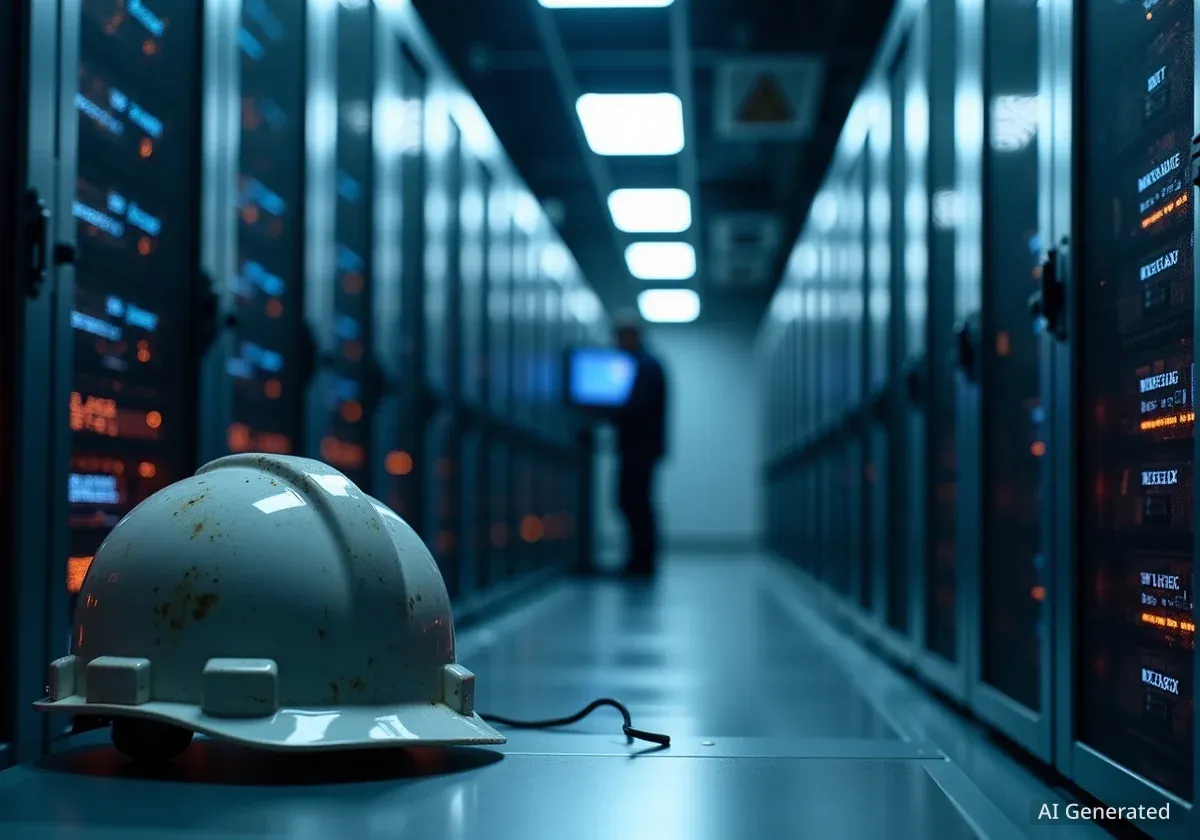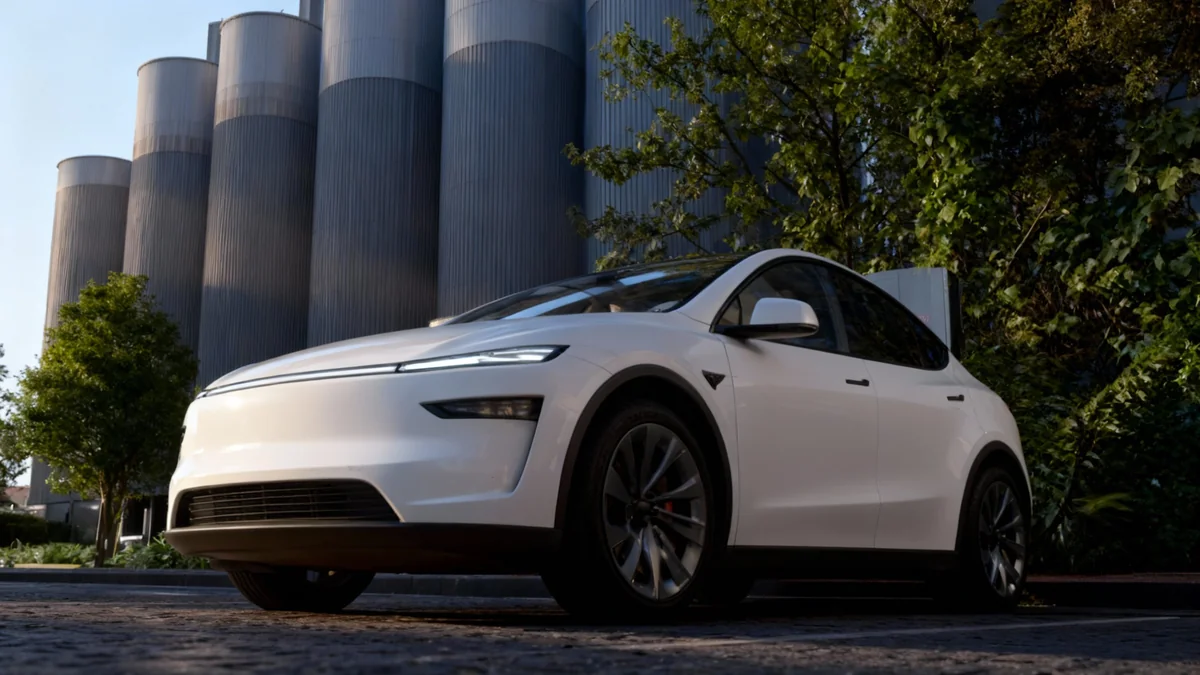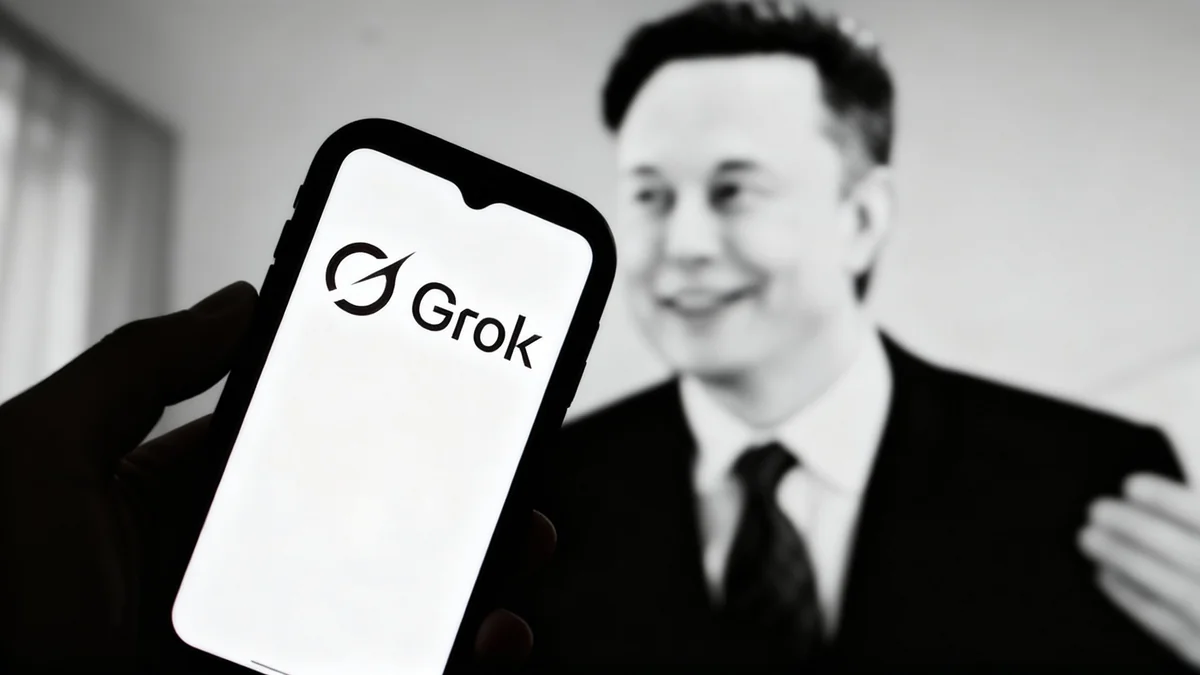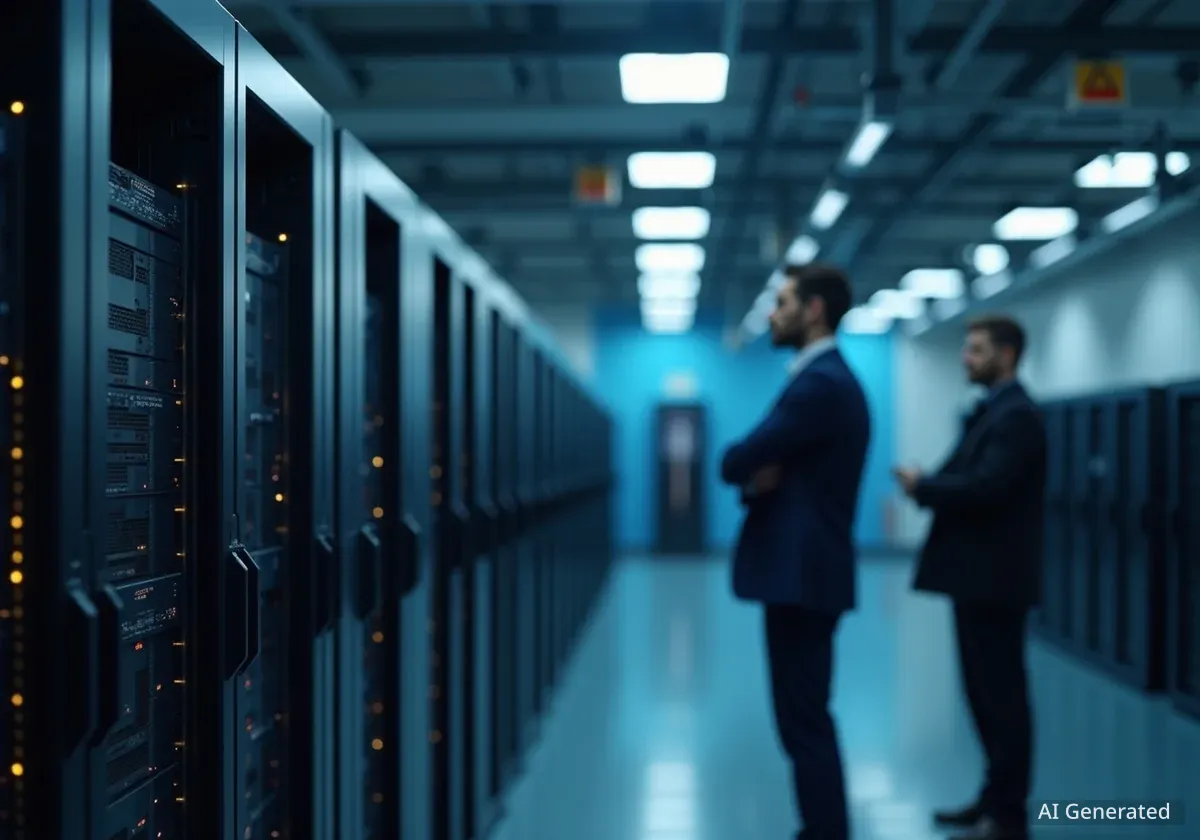Federal Reserve Chairman Jerome Powell has acknowledged that a massive surge in artificial intelligence investment is creating significant economic activity, but warned this growth is disproportionately benefiting the wealthy and a small number of large corporations. During a press conference on September 17, 2025, Powell highlighted a growing imbalance where high-income households continue to spend while the broader labor market shows signs of significant weakness, complicating the central bank's efforts to manage the U.S. economy.
Key Takeaways
- Jerome Powell described the investment in artificial intelligence as creating "unusually large amounts of economic activity."
- The economic benefits are heavily concentrated, favoring wealthy consumers and a few dominant technology companies.
- The U.S. labor market is experiencing a "low hiring" environment, making it difficult for new graduates and minorities to find jobs.
- This economic imbalance, with strong corporate investment but weak job growth, poses a significant challenge for Federal Reserve policy.
AI Investment Drives Economic Activity
During his remarks, Powell pointed to the substantial capital flowing into the AI sector. He noted the U.S. is witnessing an exceptional level of investment dedicated to building out AI infrastructure. This spending has become a primary driver of business investment, even as other sectors of the economy cool.
Some analysts project that capital spending related to AI could reach as high as $3 trillion by 2028. This intense investment is a key reason why headline economic growth figures have remained positive. According to Goldman Sachs, spending on AI was responsible for almost the entire 7% year-over-year increase in corporate capital expenditures this past spring.
"We are seeing unusually large amounts of economic activity through the AI buildout," Powell stated, offering a rare acknowledgment from the central bank about the scale and concentration of this trend.
A 'K-Shaped' Economic Landscape
A major concern highlighted by Powell is the uneven distribution of economic gains. The current environment has been described by analysts as a "K-shaped" recovery, where different segments of the population experience vastly different economic realities. High-income households continue to spend on technology, travel, and luxury items, supporting a significant portion of consumer demand.
Understanding Consumer Spending
Consumer spending is a critical component of the U.S. economy, accounting for approximately 70% of the nation's Gross Domestic Product (GDP). When this spending becomes heavily reliant on a small, wealthy segment of the population, it creates a fragile foundation for overall economic stability.
Powell confirmed that this dynamic is on the Fed's radar. "[Spending] may well be skewed toward higher-earning consumers," he told reporters. "There’s a lot of anecdotal evidence to suggest that." This trend is visible while many other families are cutting back on essential goods and services, indicating a widening gap between the economic fortunes of the rich and the rest of the population.
Market Concentration and Corporate Power
The concentration of wealth and economic activity is also reflected in the stock market. An increasingly small number of technology giants now hold a dominant position in major market indexes. This concentration poses risks, as the performance of the entire market becomes tied to the fortunes of just a few companies.
The Dominance of Mega-Cap Tech
Just seven companies—Microsoft, Nvidia, Apple, Alphabet, Meta, Amazon, and Tesla—now account for more than 30% of the total value of the S&P 500. Their massive investments in AI are a primary factor sustaining positive business investment figures for the entire economy.
This relentless capital expenditure by a handful of firms creates a misleading picture of broad economic health. While their investments boost top-line growth, the benefits are not widely distributed throughout the economy, particularly in the form of widespread job creation or wage growth for the average worker.
The Labor Market's Troubling Signals
Perhaps the most significant concern raised by Powell relates to the state of the U.S. labor market. Despite the immense spending in the tech sector, job creation has slowed dramatically. Revised data for August showed the economy added only 22,000 new jobs, while the unemployment rate edged up to 4.3%.
Powell described the current situation as a "low firing, low hiring environment." While mass layoffs have remained relatively uncommon, companies are not actively recruiting new employees. This has created a stagnant job market that is particularly challenging for those trying to enter the workforce.
"The overall job finding rate is very, very low," Powell said. He expressed specific concern for "kids coming out of college and younger people, minorities," who he noted are having a difficult time securing employment.
This disconnect between massive corporate investment and weak hiring complicates the Federal Reserve's dual mandate of maintaining price stability and achieving maximum employment. Powell warned of the risks if the situation deteriorates, stating, "If layoffs begin to rise, there won’t be a lot of hiring going on." This scenario could quickly worsen economic inequality and create broader instability.





